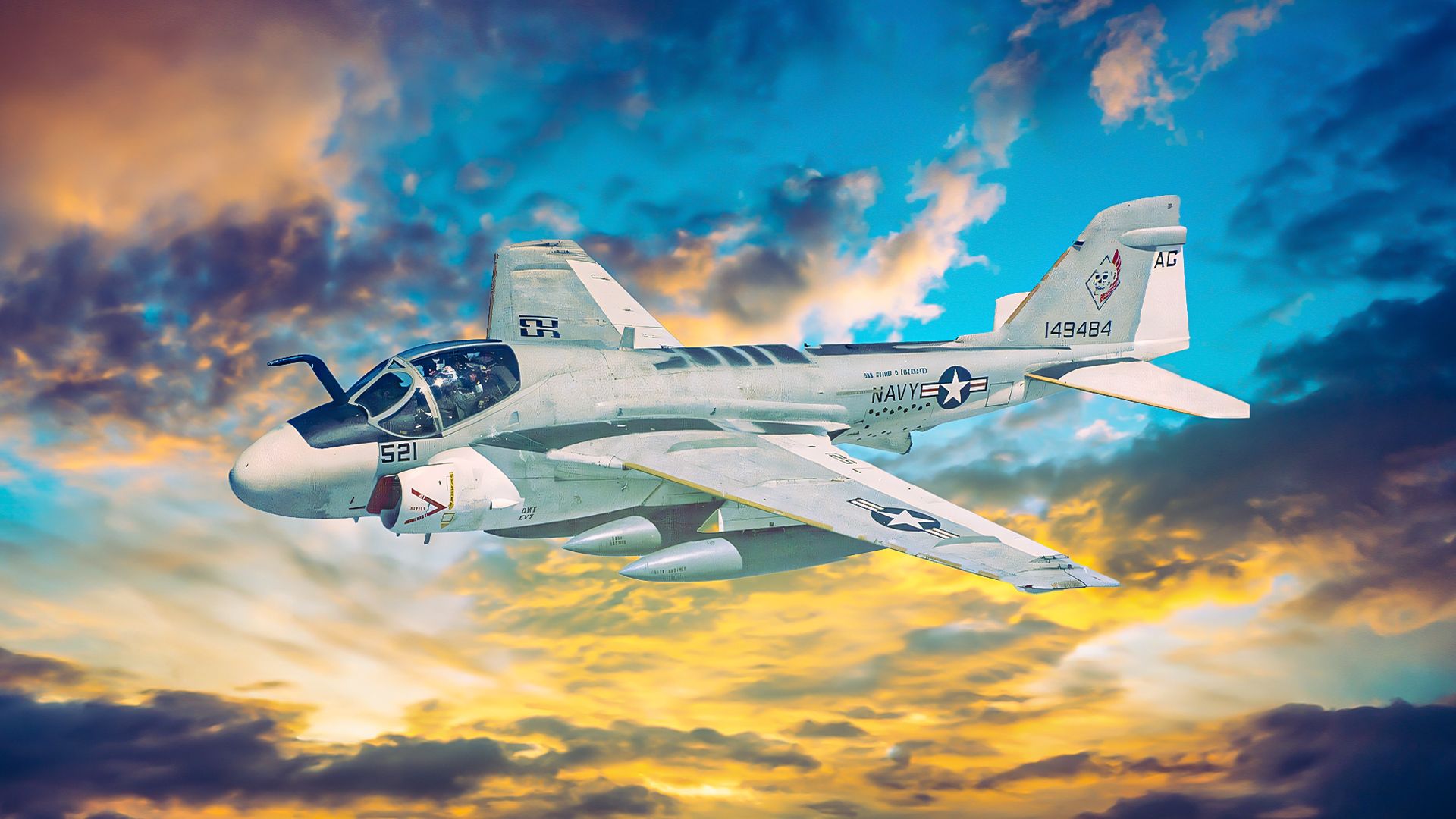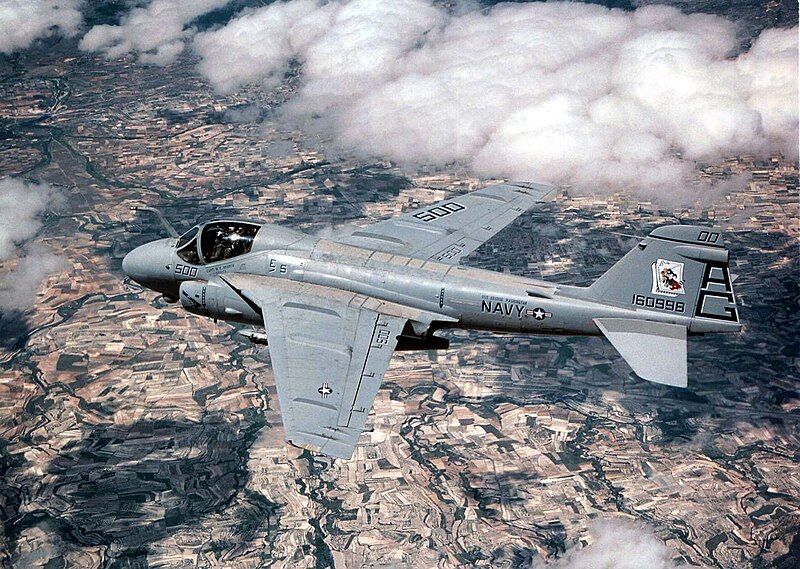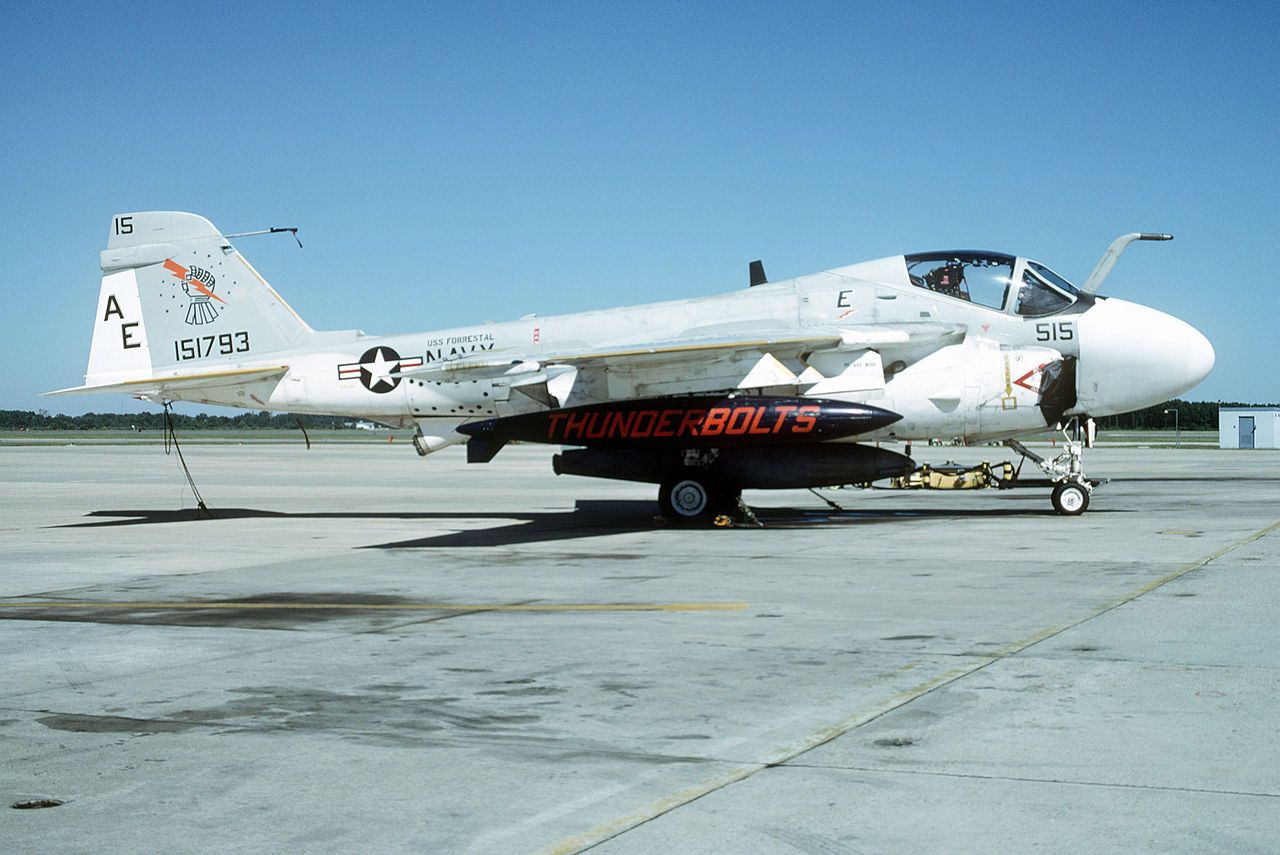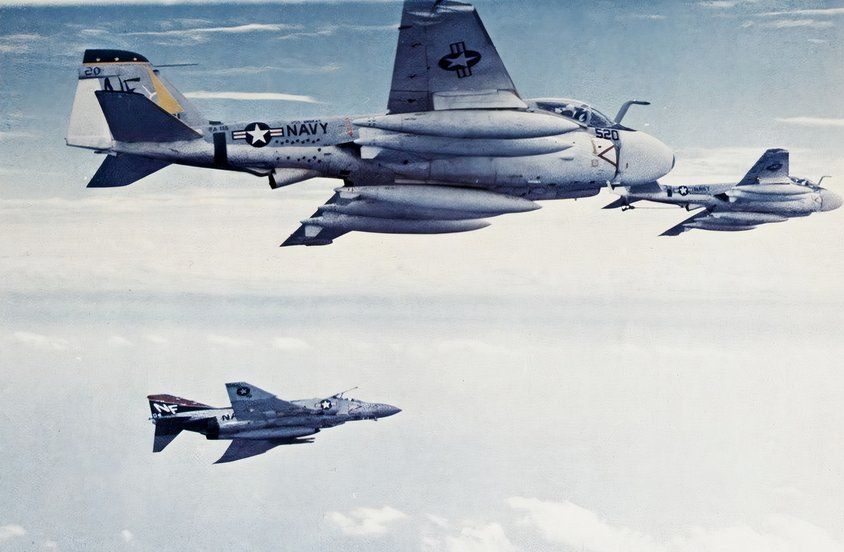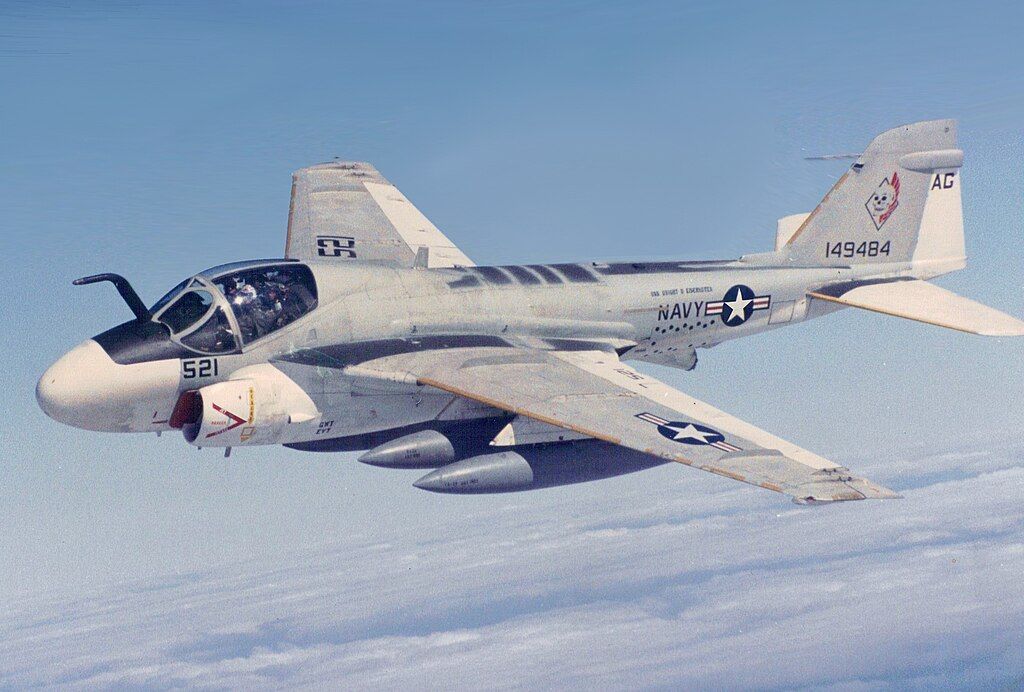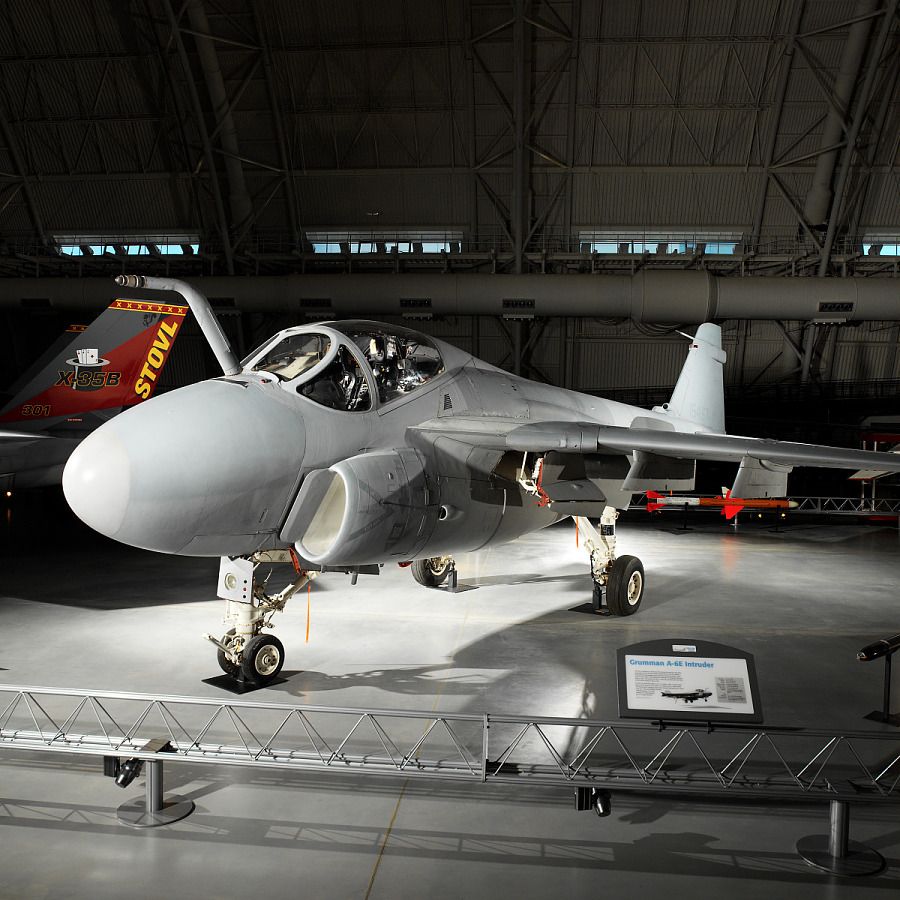Summary
- The Grumman A-6 Intruder was the world’s first fully all-weather attack bomber, excelling in accuracy and versatility.
- The electronic warfare variant, EA-6B Prowler, outlived the A-6 Intruder and was retired in 2019, replaced by the EA-18G Growler.
- The A-6 Intruder was never exported and saw combat in the Vietnam War, with 84 lost from all causes.
The Grumman A-6 Intruder was known for being an unattractive attack bomber. However, it was noted for excelling at its intended missions and was a versatile bomber. The naval aircraft first flew in 1960 and was superseded by the F-14 Tomcat and the F/A-18 Hornet family. Its Cold War legacy is arguably overshadowed by its remarkable contemporary Harrier jump jet. The Harrier has continued to be used by the Marines, and the last are expected to retire in the coming years.
1
World’s first fully all-weather attack bomber
693 A-6 Intruders provided the Navy and Marines with a world-first
|
Role: |
All-weather naval attack aircraft |
|---|---|
|
Number built: |
693 |
|
Crew: |
2 |
According to the Naval History and Heritage Command, the A-6 Intruder was the world’s first fully all-weather attack bomber. It could detect and identify tactical and strategic targets and deliver both conventional and nuclear payloads even when visibility conditions were near zero.
The Intruder was an accurate, long-range, low-altitude, and subsonic jet. At the time, it was equipped with advanced all-weather navigation and weapons delivery systems. It displayed information on a digital display where the pilot could see the targets regardless of visibility and weather conditions. Its ability to see through bad weather made it useful as a pathfinder guiding other attack aircraft, enabling them to be used in conditions that may have otherwise been prohibitive.
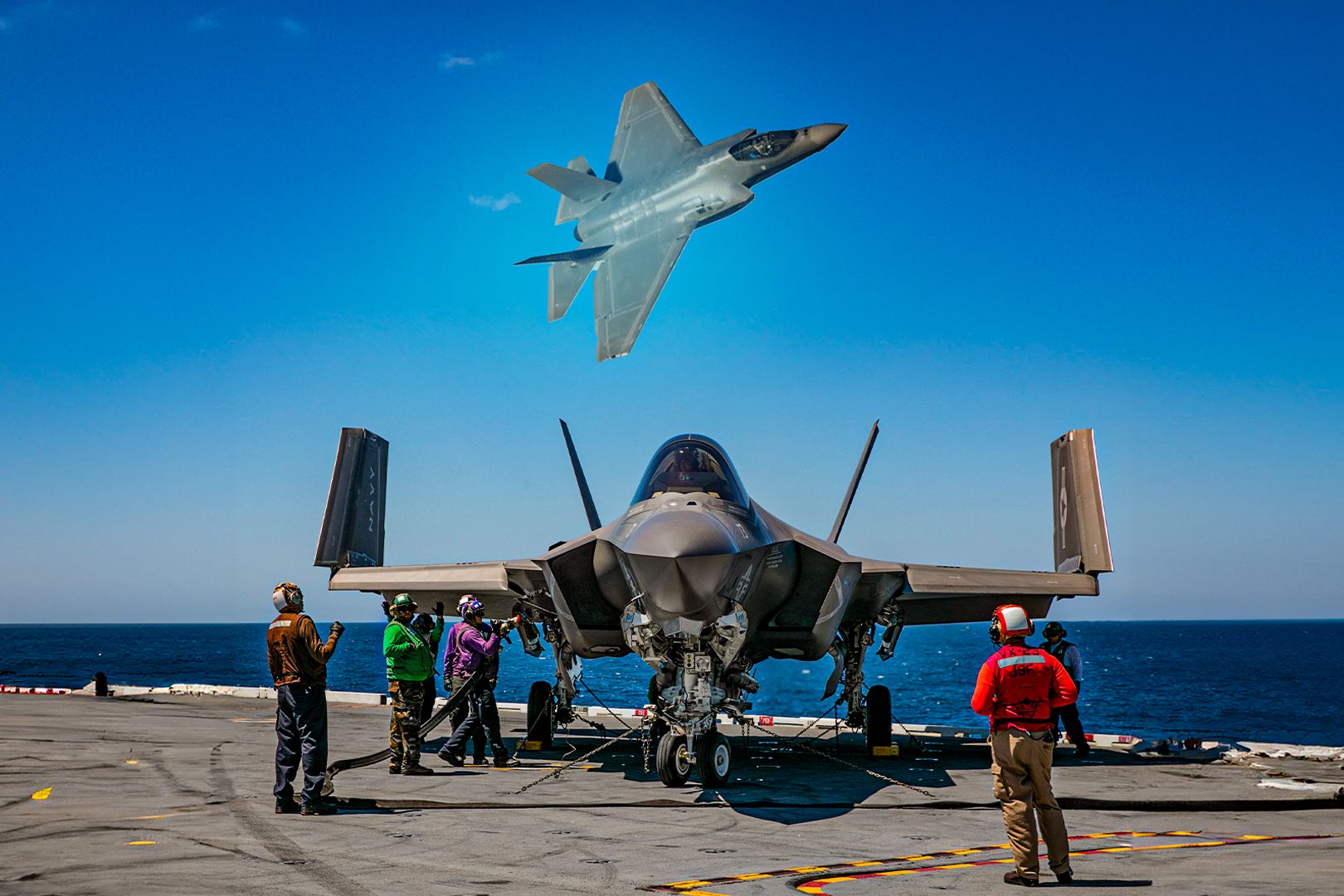
Related
Which Aircraft Carriers Are Certified To Operate The Navy’s F-35C Fighters?
Perhaps four carriers have been modified to operate F-35C leaving seven more to be modified or to be retired without modifications.
2
The electronic warfare variant
170 specialized Prowlers built on the Intruder were built
|
Role: |
Electronic warfare/Attack aircraft |
|---|---|
|
Number produced: |
Approx. 170 |
|
Retired: |
2015 (Navy), 2019 (Marines) |
Like the F/A-18 Hornet family derivative, the EA Growler, the Navy had a specialized electronic attack variant of the A-6 Intruder called the EA-6B Prowler. It was a heavily modified four-seat version that had one pilot and three Electronic Countermeasures aircrew.
Like the EA Growler, the Prowler could also fight as it could carry anti-radiation missiles. The Prowler outlived its Intruder counterpart by over 20 years. Whereas the last Intruders were retired in 1997, the previous Prowlers were retired (by the Marines) in 2019. It was replaced by the much more advanced EA-18G Growler.
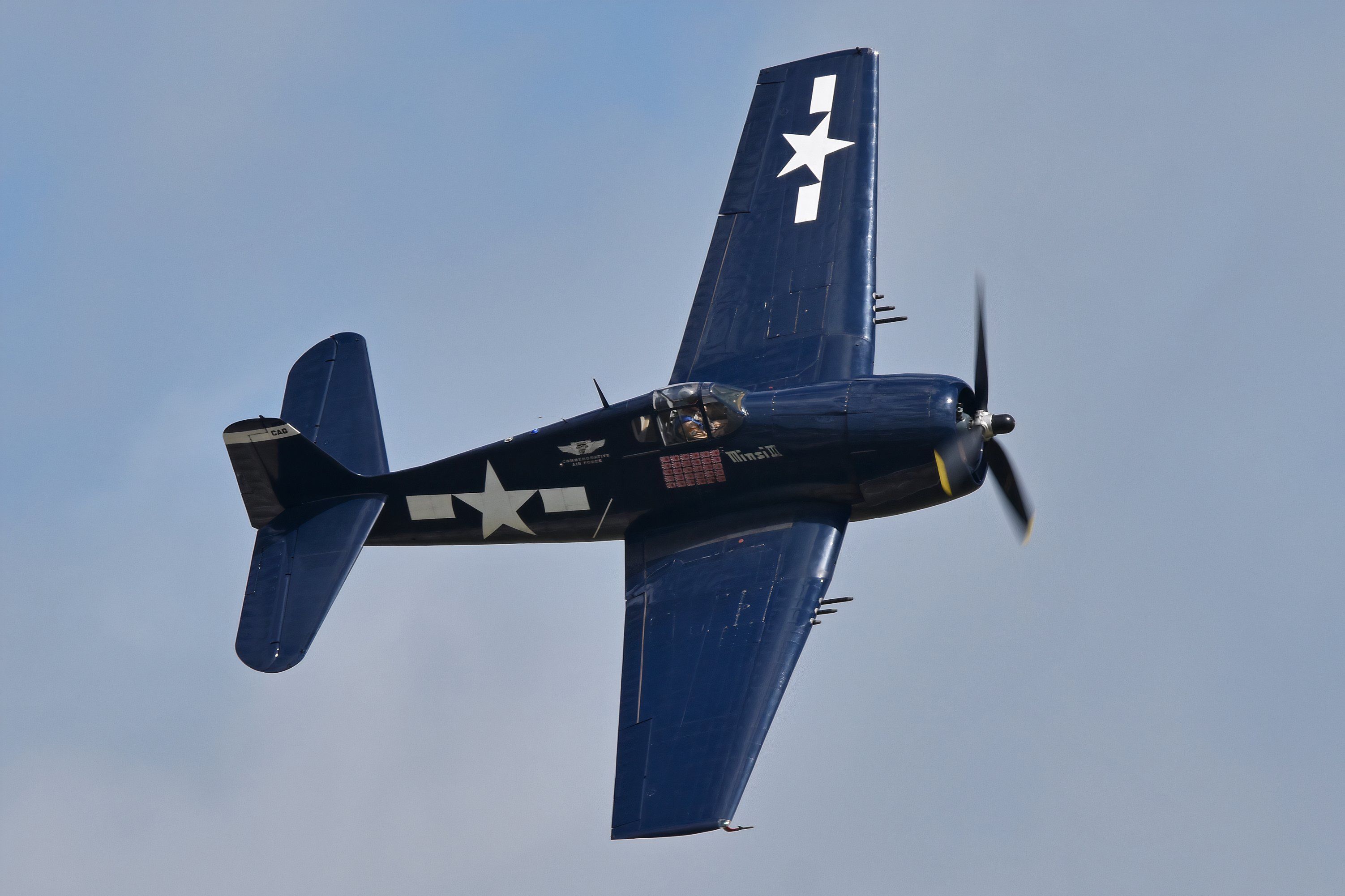
Related
How Did Carrier-Based Aircraft Influence Naval Battles In WWII?
Following their success in WWII, the USN used aircraft carriers to project American power around the globe.
3
Never Exported
All 693 A-6 Intruders were operated by the US Navy and Marines
|
Former Operators: |
US Navy & US Marines |
|---|---|
|
Foreign exports: |
none |
|
Aircraft carrier classes operated from: |
Kitty Hawk class, Enterprise-class, Forrestal-class, Midway-class, Nimtz-class |
The A-6 Intruder was never exported and was only operated by the US Navy and Marines. This is in contrast to the Navy’s replacement aircraft, the F-14 Tomcat and the F-18 Hornet and Super Hornet. Their exports show that there is some international demand for carrier-based US aircraft. The F-14 Tomcat was only exported to Iran (before the 1979 Revolution), where it remains in limited service.
The naval F-18 Hornet saw much more export success, being exported to Finland, Switzerland, Australia, Spain, Canada, and other countries (although Super Hornet exports have been much more constrained to countries like Australia and Kuwait). According to the Museum of Flight, all the 693 Intruders were operated by the Navy and Marines.
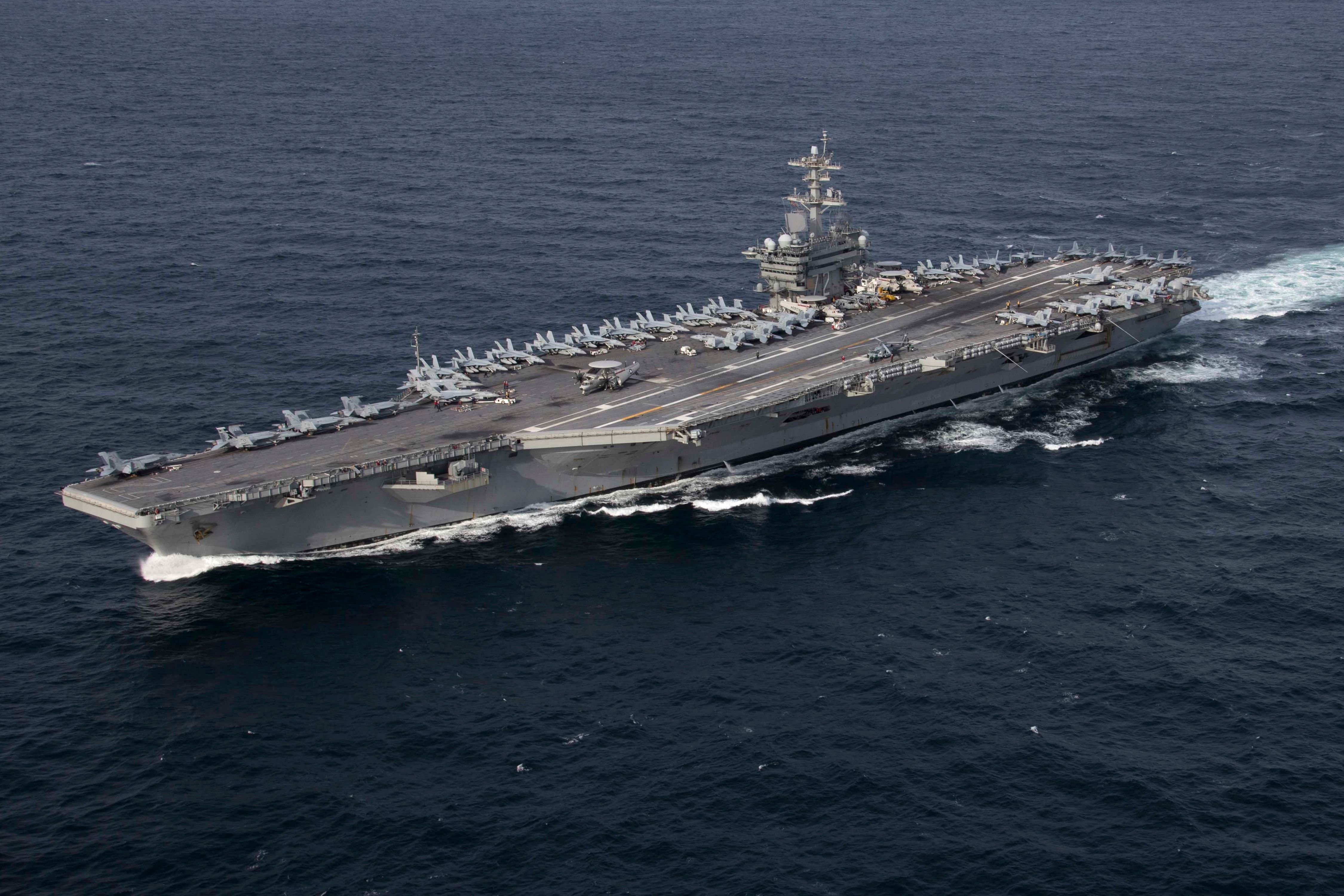
Related
Planes At Sea: 5 Airplanes Commonly Seen On American Aircraft Carriers
A look at some of the many planes operating from the US Navy’s aircraft carriers.
4
A Vietnam veteran
84 A-6 Intruders were lost from all causes in Vietnam
|
Number lost: |
84 |
|---|---|
|
Principle war: |
Vietnam War |
|
Last combat: |
Bosnia in 1994 |
As an attack aircraft, the Intruder served in various combat missions. The A-6 Intruders were extensively used in the Vietnam War, where an estimated 84 (approx 12% of the Intruders produced) were destroyed. Most (66) were lost to ground fire and anti-aircraft artillery – including ten who were shot down by surface-to-air missiles. Only two were shot down by enemy MiGs. The rest were lost to operational causes.
The last Intruder shot down in the Vietnam War occurred in January 1973. The Navy operated their Intruders from aircraft carriers, while the Marines generally operated them from South Vietnam and Thailand airbases. The Intruders continued to see combat later in the Cold War. During the Gulf War, the aging Intruders flew around 4,700 sorties before seeing limited action in the Balkan Wars of the mid-1990s.

Related
The Evolution Of US Naval Air Power: From WWII Carrier Aircraft To Modern Jets
Naval aircraft technologies have changed drastically over the years.
5
Multiple variants
4 main variants of the A-6 Intruder were produced
|
Original variant: |
A-6A |
|---|---|
|
Main variants: |
A-6A, A-6B, A-6C, A-E (also KA-6D and Prowler) |
|
Refueling variant: |
KA-6D |
The A-6 Intruder was continuously updated and improved (as are most aircraft that remain in production for decades). The first variant was the A-6A (which entered service in 1963). Later, the A-6B variant came with avionics modifications and was produced to suppress surface-to-air missiles (it carried the Navy’s anti-radiation missiles). 19 A-9As were converted to the A-6B variant.
Photo: National Air and Space Museum
The A-6C variant incorporated electro-optical sensors, enabling it to identify and attack moving targets at night (only 12 A-6As were converted to the A-6C variant). The final variant, excluding the Prowlers, was the A-6E. It featured a multi-mode radar and an improved computer. Additionally, 58 A-6A Intruders were converted for inflight-refueling (called KA-6D). There were a number of other prototypes and proposed variants, such as the A-6F Intruder II and the A-6G.
